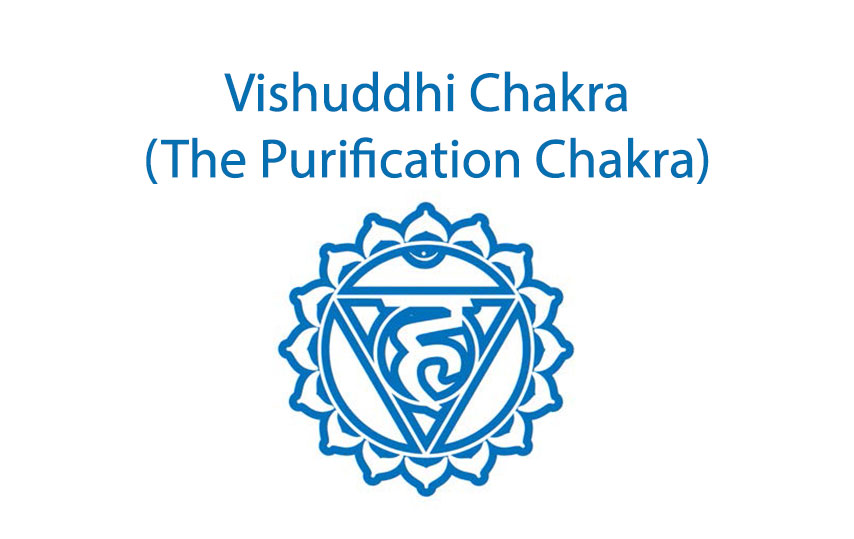In daily life, one tends to experience bitter and sweet expressions of events. The normal mind finds the bitter to be avoided and the sweet to be absorbed, whereas this is bouncy castle for sale conflictual understanding of life. Once we get active at the level of vishuddhi chakra, we gain mastery over such conflict and the mind gets clear and pure to know the reality as the harmonised way of living where everything is just an experience and all things and all beings are equal.
People with an awakened vishuddhi look at life as happiness which exists as bliss, neither avoiding the bitter, nor absorbing the sweet, remaining calm and maintainng composure of compassionate bliss.
Element: Ether
Colour of the Element: Silver
Aspect: True knowledge
Seed Sound: Hum
Predominant sense: Hearing
Sense Organ: Ears
Prana: Udana
Number of Petals: Sixteen
Colour of Petals: Lavender, purple
Traditional Symbology
Traditionally, the chakra is symbolised by a sixteen petalled lotus which is purple in colour. At the centre of the lotus is a white circle as a full moon representing the ether element. There is a drop of nectar representing immortality. At the centre of the drop is the seed sound hum. Below the drop is a white elephant with seven trunks, which is considered to be the vehicle of consciousness.
Chakra Location
Vishuddhi chakra is located in the throat region, two inches behind the epiglottis at the back of the mouth..

Sarvangasana
1. Lie flat on the back with the arms by the sides of the body, the palms facing downwards.
2. Engage the abdominal muscles and while gently pressing down the palms, raise the legs up 90 degree angle.
3. Using the arms’ strength, slowly roll the buttocks and back up from the mat, push the chest forwards so that it rests on the chin. At the same time, place the hands behind the ribcage and gently push the body to a vertical position.
4. The hands have to be away from the spine; the back of the upper arm firm on the mat, with elbows in a straight line with the shoulders at shoulder width apart. In the final jumping castle position, keep the legs joined together with knees rotating inwards. Relax the whole body in the pose and close the eyes. Feel the breath in the throat region allowing the energy at the chakra region to become active. Hold the pose for some time, concentrating on the breath.
5. While returning from the pose, slowly remove the hands from the back and roll the body down vertebrae by vertebrae, so that the spine is comfortable, at the same time keeping the legs together, bring the legs back to 90 degree angle. Then slowly lower the legs back to the floor.

















 Other
Other 

